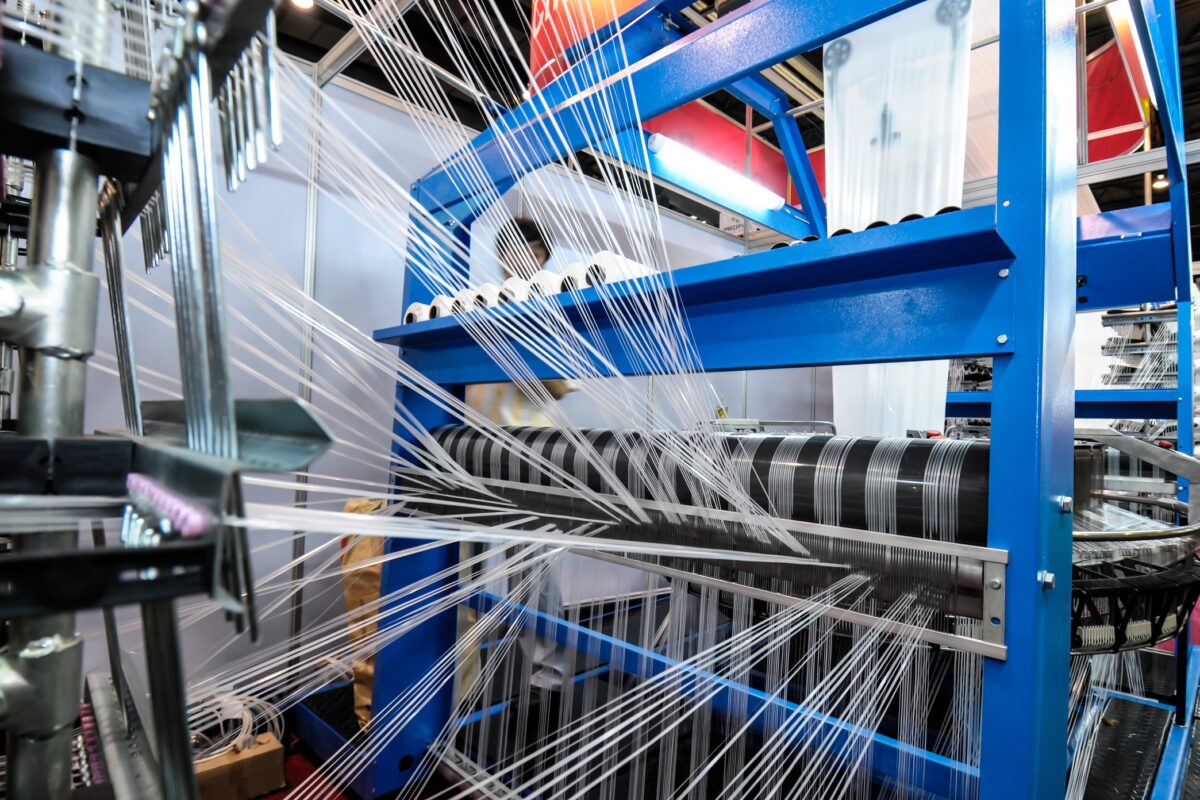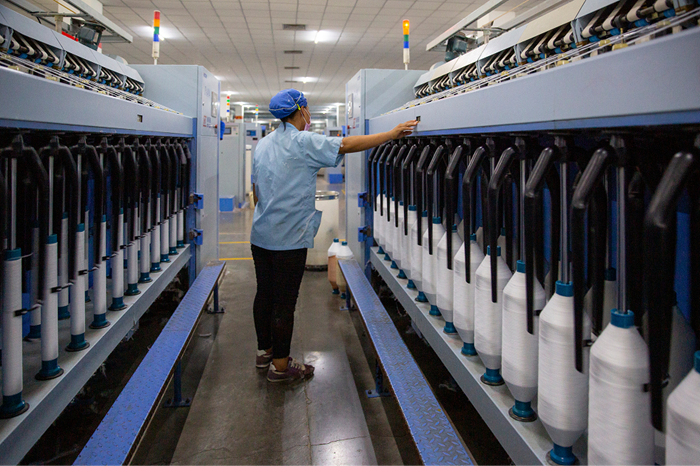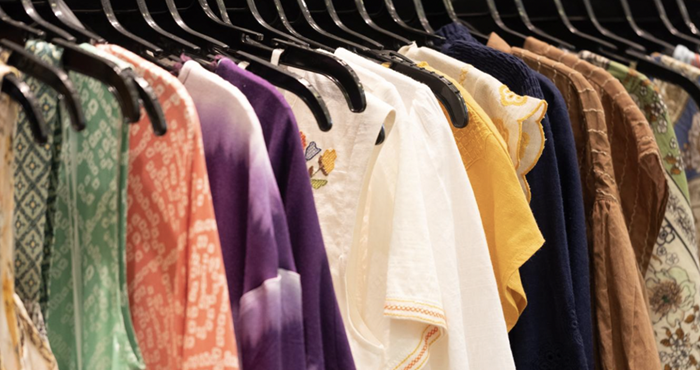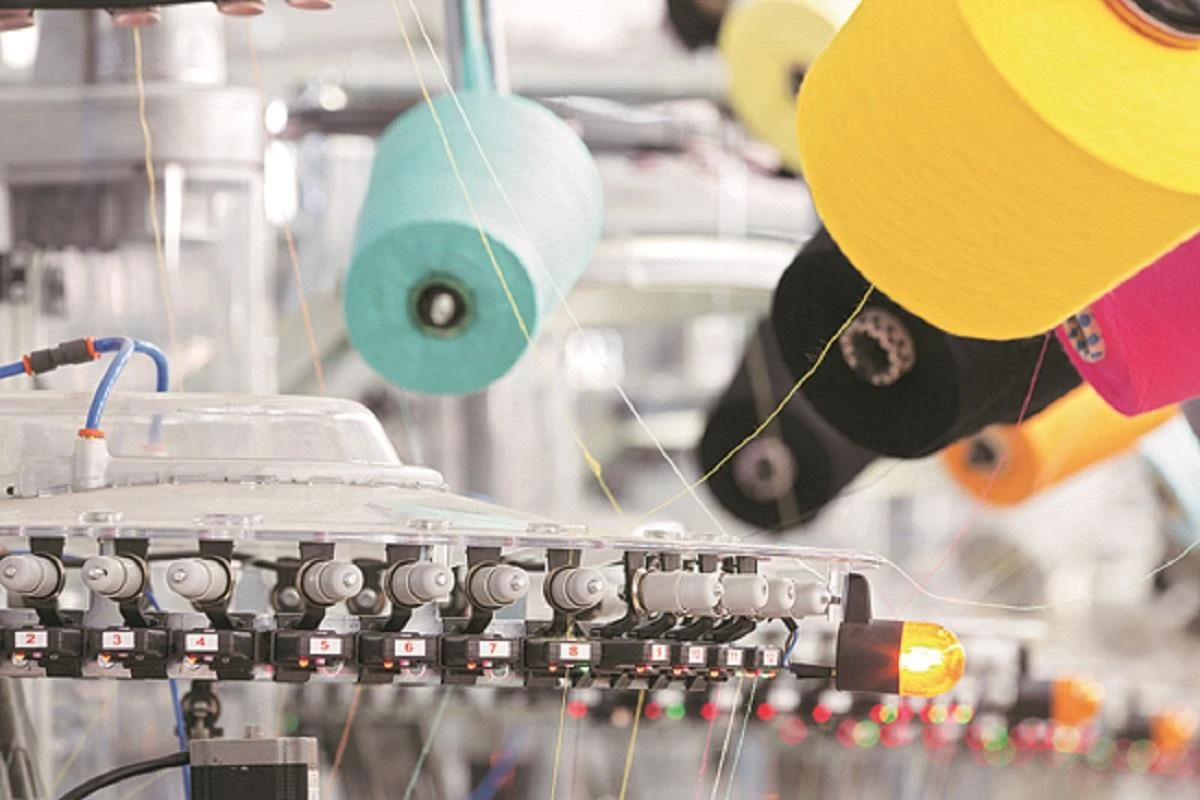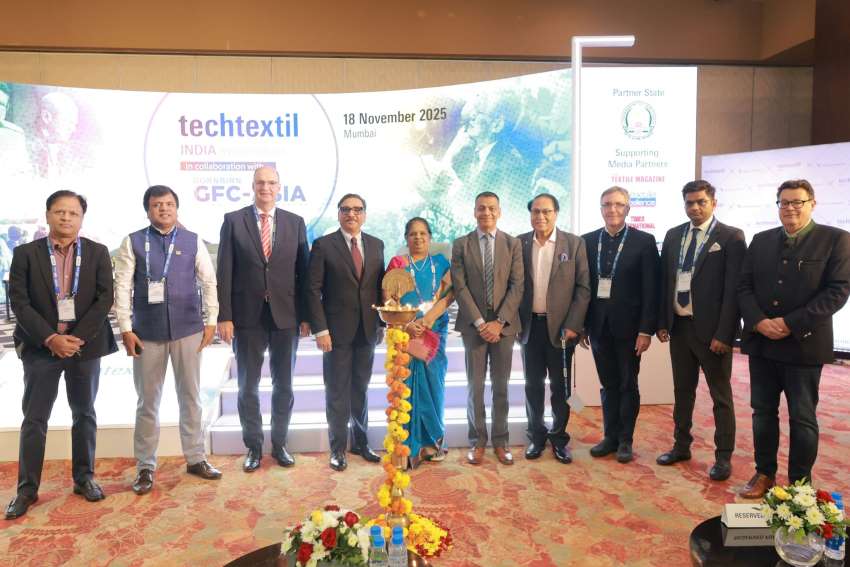
Polyester, once a humble synthetic, is now at the forefront of textile innovation, driven by demands for durability, affordability, and sustainability. Asia, particularly China and India, is spearheading this transformation, dominating global production and investment.
Top Players: Asia's grip on polyester capitalization
Asian companies command the top ranks in the global polyester fiber industry by capitalization, as shown below:
Table: Top global polyester fiber companies by capitalization (2025)
Rank Company Country Capitalization ($ bn) 1 Sinopec China 22.6 2 Zhejiang Hengyi Group Co., Ltd. India* 16.7 3 Reliance Industries Limited India 14.8 4 Hengli Group China 13.4 5 Indorama Ventures Thailand 10.5 6 Tongkun Group Co., Ltd. China 9.6 7 Shenghong Holding Group China 8.8 8 SASA Polyester Sanayi Turkey 5.2 9 Xinfengming Group Co., Ltd. China 4.2 10 Nan Ya Plastics Corporation Taiwan 3.6
Note: Zhejiang Hengyi operates largely in China but has growing operations and significant market presence in India.
Asia-Pacific: The fiber nucleus
The Asia-Pacific region accounted for over 60 per cent of global polyester fiber production in 2012, and in 2025, it remains the fastest-growing market. This growth is due to booming sectors such as carpets & rugs, fiberfill, apparel, industrial textiles, nonwoven fabrics, and geotextiles.
India's Reliance Industries ($14.8 billion market cap) is a leader in recycled polyester and technical fibers, while China's Sinopec ($22.6 billion) is the world's largest player, with diverse operations spanning petroleum and synthetic fibers.
Polyester’s expanding horizons
India's polyester industry is no longer just riding the coattails of global demand—it is actively reshaping the future of synthetic textiles through innovation, strategic market shifts, and a renewed focus on sustainability. Powerful growth drivers are pushing the sector into a new era, while emerging applications are steadily expanding polyester’s utility beyond traditional boundaries.
At the heart of this expansion lies the shift towards environmentally conscious production. As sustainability becomes a non-negotiable imperative across industries, the rise in eco-friendly and recycled polyester has positioned India as both a responsible producer and a competitive exporter. Recycled PET bottles are now being transformed into high-performance fibers, aligning environmental goals with commercial scalability. Indian manufacturers are investing in closed-loop systems and green technologies, a move that not only reduces dependency on virgin petrochemicals but also enhances export credibility in eco-sensitive markets like Europe and North America.
Simultaneously, polyester is increasingly replacing natural fibers such as cotton and nylon. This substitution is due to the material’s inherent advantages—lightness, durability, and versatility. In a world facing erratic climate conditions and shrinking arable land, the reliability and affordability of synthetics provide manufacturers with a stable and cost-efficient alternative. Polyester’s ability to mimic natural textures while offering superior moisture management and wear resistance makes it a popular choice across both fashion and functional apparel.
Beyond clothing, the growth in nonwoven and technical textiles has also boosted polyester’s footprint. India is witnessing rising demand for polyester-based textiles in home furnishings—from curtains and upholstery to carpets—where the fabric’s strength and longevity make it ideal for daily use. Likewise, the automotive sector is increasingly turning to polyester for car seat fabrics, roof liners, and insulation panels, while the medical industry is tapping into its potential for sterile, durable, and hypoallergenic textile solutions.
Moreover, cost competitiveness continues to be a decisive advantage. In a price-sensitive market like India, polyester remains more affordable than many natural fibers, without compromising on performance. This positions it as a go-to material for brands and consumers alike.
As the industry evolves, new applications are pushing the boundaries of what polyester can achieve. One such frontier is in the medical field, where hollow polyester fibers are being engineered into advanced medical textiles used for filtration, wound care, and surgical applications. Protective clothing for industrial and military use is another emerging segment, leveraging polyester’s strength and adaptability for high-performance wear. Perhaps most notably, polyester geotextiles are gaining traction in large-scale infrastructure projects, offering reinforcement and stabilization in road, rail, and irrigation developments.
Together, these drivers and applications not only underscore polyester’s adaptability but also signal a shift in the textile economy—one where innovation, sustainability, and multifunctionality are knitting together a new narrative for synthetic fibers in India and beyond.
Challenges on the growth path
India’s polyester sector, while ready to take off, faces mounting challenges that threaten its long-term growth. Chief among these is the volatility of raw material prices, especially those tied to crude oil, which creates uncertainty in production costs.
Environmental regulations are also tightening, with increasing scrutiny on polyester waste, emissions, and microplastic pollution. Complying with global standards demands significant investment in cleaner, greener technologies.
The industry’s fragmented supply chain adds another layer of complexity, spurring a wave of mergers and acquisitions as companies strive for scale and efficiency. Yet, consolidation alone isn't enough.
Sustainability is now a non-negotiable priority. Adopting circular economy practices—like recycled inputs and green manufacturing—is essential not just for compliance, but for future-proofing the industry against climate risks and evolving consumer expectations.
Leaders in action
• Reliance Industries (India): Focuses on diversified integration from petrochemicals to fibers, with major investments in recycling and R&D.
• Zhejiang Hengyi (China/India): A rapidly expanding regional giant with significant government backing and expansion into Southeast Asia.
• Indorama Ventures (Thailand): Pursues global acquisitions in PET and polyester chains, emphasizing sustainability and recycled PET fibers.
The road ahead
The next decade will see Asia-Pacific continue its dominance in polyester production. Sustainability and recycling will be key differentiators, with success hinging on investments in green technologies, biodegradable synthetics, and circular product life cycles. Market consolidation is also expected to accelerate.
Polyester's rebirth, a sustainable future
Polyester's resurgence is a direct response to evolving global textile needs. As cotton becomes more costly and less sustainable, recycled, functional, and engineered polyester variants are poised to define the future of fiber innovation. The leading companies are not just manufacturing powerhouses; they are driving innovation, setting sustainability standards, and enabling the global fiber economy

